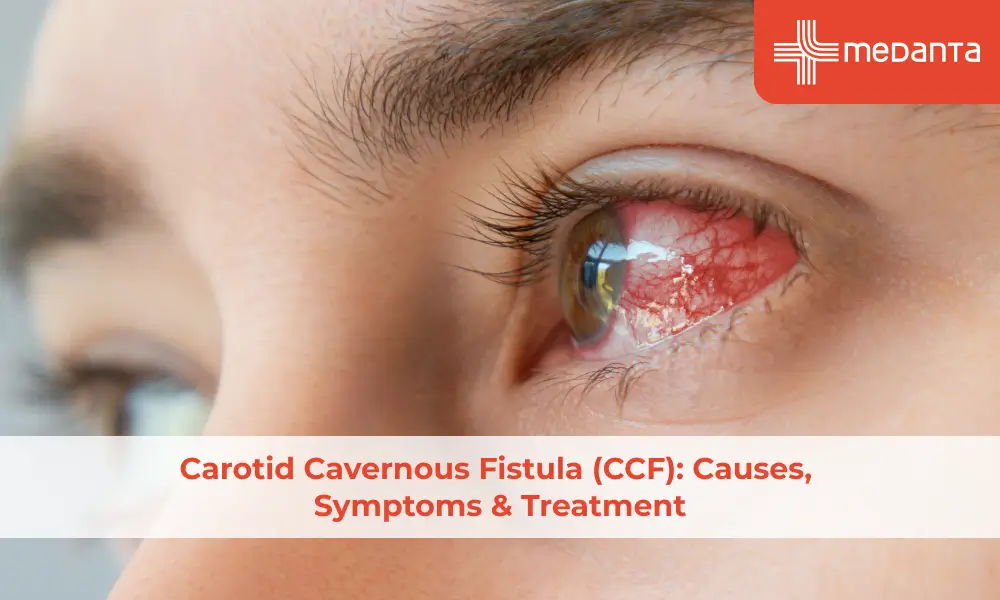First Aid for Minor Cuts: Know the Correct Way

Dealing with minor cuts is just a part of our lives, but are we taking proper care of ourselves when we self-treat these minor cuts? Minor cuts are injuries involving an external or interior break in bodily tissue and are quite common. Most of the time, it is fine to treat them without medical help; however, it is best that you learn the basic first aid for cuts and take proper precautions.
What is a Minor Cut?
Minor cuts, also known as lacerations, are superficial breaks in the skin that do not penetrate deep into the underlying tissues. They can result from injuries, collisions, or contact with sharp objects. You can mostly deal with minor cuts using first aid at home since they don't pose serious health risks. However, deep cuts need medical help as they can cause bleeding or haemorrhage.
What Is the First Aid Treatment for a Minor Cut?
First aid for minor cuts is important to prevent infections and wound worsening. So, here's the right way to apply first aid for minor cuts:
1. Wash hands
It's crucial to wash your hands before handling or administering any first aid to an open wound. By doing this, you can avoid Infections and keep the incision area clean.
2. Stop the bleeding
Smaller abrasions and wounds typically stop bleeding on their own. But, due to the abundance of blood arteries in the head and hand, cuts may bleed more heavily. If needed, gently press a clean cloth or bandage against the wound and elevate the injured area until the bleeding stops.
3. Clean the cut
Use cold water to rinse the cut to remove any dirt or debris. Keep the affected area under flowing water. However, don't use cleaning agents like hydrogen peroxide or iodine, as they can increase the pain and aggravate the wound. Cleaning the wound with soapy water is sufficient.
4. Apply an antibiotic cream
Use a thin layer of antibiotic cream or petroleum jelly to keep the area clean and germ-free and support healing while reducing scarring. If you notice a mild rash, discontinue the ointment.
5. Cover the cut
Protect the wound by covering it with a bandage, gauze, or adhesive tape. However, leave the wound uncovered if it's very small and in a place where it won't get dirty or rub against your clothes, but it's generally a good idea to cover wounds to help stop infection or reopening. Replace the bandage or dressing daily or more frequently if it becomes dirty.
6. Check for hypovolemic shock symptoms: Patients experiencing severe bleeding should constantly be checked for hypovolemic shock symptoms like:
Cyanosis or clammy skin
Either too fast or too low heartbeat
Uneven breathing
Bodily weakness
If you see any of these symptoms, immediately take the person to your nearest hospital!
7. Visit a doctor
Take the patient to the hospital or a doctor if the cut is serious and heavily bleeding because severe bleeding from deep wounds may need more extensive care than basic first aid.
How Long Does It Take For a Minor Cut to Heal?
A minor cut usually heals within a week or so, but it can take longer, depending on the cut's size and depth. Minor cuts usually heal very fast with first aid and antiseptic creams. Still, no matter the severity or size of the cut, you should clean every cut to avoid infections.
When Should I Visit a Doctor In Case of Minor Cuts or Injuries?
Minor cuts and injuries are common and often manageable at home. However, there are situations where seeking medical attention is crucial to prevent complications. Here's when you should visit a doctor:
The Cut Is Deep or Gaping
If the wound is deep enough to expose fat, muscle, or bone, it may require stitches or specialized care.
Deep cuts can lead to significant blood loss or infection if not properly closed.
Bleeding Won't Stop
If you've applied pressure for 10-15 minutes and the bleeding continues, it's a sign you need medical attention.
Persistent bleeding may indicate damage to a larger blood vessel.
Signs of Infection
Look for redness, swelling, warmth, pain, or pus around the wound.
Fever or a streak of redness moving away from the injury could signal a serious infection.
The Wound Is Caused by a Dirty or Rusty Object
Injuries from sharp, dirty, or rusty objects increase the risk of tetanus or other infections.
A tetanus booster may be needed if your last shot was over five years ago.
A Foreign Object Is Stuck in the Wound
Splinters, glass, or other debris embedded in the injury can cause infection and should be removed by a doctor.
The Injury Is in a Sensitive Area
Cuts near the eyes, mouth, genitals, or joints require special care to avoid complications.
Wounds over tendons, nerves, or major blood vessels may need surgical attention.
The Wound Is From an Animal or Human Bite
Bites have a high risk of infection and may require antibiotics or a rabies shot, depending on the situation.
Final Remarks
Minor cuts are very common; in most cases, you don't need to visit a doctor for medical help. Most minor cuts can easily be dealt with first aid and disappear after a week. However, in certain scenarios, you need to look out for symptoms of infection and get medical help right away! If you or someone you know suffers from a minor cut and needs medical attention, take them to your nearest super-specialty hospital as soon as possible!
FAQs
1. What is the first aid for a minor cut?
Clean the cut with water, apply an antiseptic, and cover it with a sterile bandage.
2. What is the first aid for a minor injury?
Rest the affected area, apply ice to reduce swelling, and keep it clean to prevent infection.
3. What helps minor cuts heal faster?
Keep the wound clean, moist with an antibiotic ointment, and covered to promote faster healing.
4. How do you protect a minor cut?
Cover the cut with a clean bandage and change it daily or if it gets wet or dirty.
5. What ointment is good for cuts?
Antibacterial ointments like Neosporin or Bacitracin are effective for minor cuts.
Citations
1. Bae, C., & Bourget, D. (2023, May 31). Tetanus. StatPearls - NCBI Bookshelf.
2. Donley, E. R., Munakomi, S., & Loyd, J. W. (2023, August 13). Hemorrhage control. StatPearls - NCBI Bookshelf.
3. How to treat minor cuts. (n.d.).
4. Herman, T. F., Popowicz, P., & Bordoni, B. (2023, August 17). Wound classification. StatPearls - NCBI Bookshelf.
5. Junker, J. P., Kamel, R. A., Caterson, E., & Eriksson, E. (2013). Clinical impact upon wound healing and inflammation in moist, wet, and dry environments. Advances in Wound Care, 2(7), 348–356.






